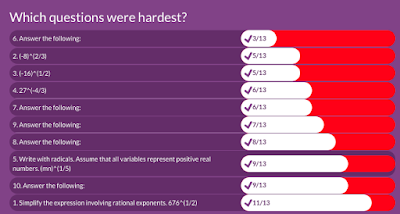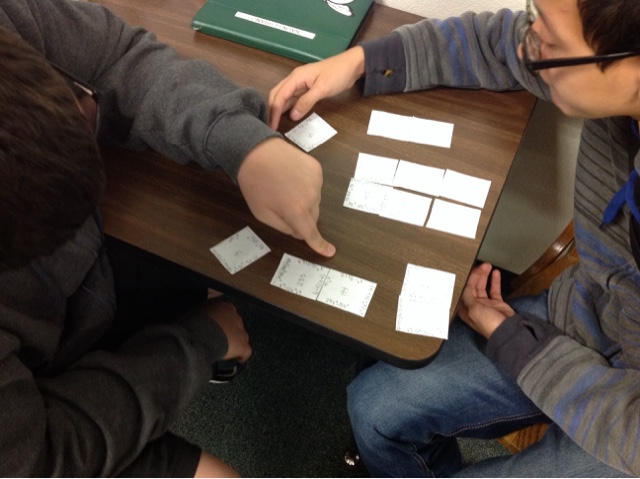New FAA Rules for Educators (with Drones)
Finding President Obama
Obama Activity
In this activity students need to graph and shade clues on a map to determine the location of a missing hot air balloon. The lesson plan and materials on her site listed above. My students had a great time with this activity.


The best part of this activity was the homework:
Quizalize: The Good and The Bad
 The Good
The GoodI felt that Quizalize was different enough from Kahoot! and Quizizz for students. Students play in teams instead of individually which was a major downfall of Kahoot! where students played individually and scores of kids who did poorly were also shown on others tablets. All you see now is how much each person got right on one question as they progress through the quiz.
Another great thing about Quizalize from Kahoot is that I gave a reward for being in the Top 5, where as I gave a reward to half my class even if some students did poorly they still part of the winning team.
Another great part of Quizalize is that it gives teachers automatic feedback on the "6 need help part."
It breaks down students into 3 categories, students who got it, who almost have it, and students who need help. As a teacher this provided me a great formative assessment and I could split students into three different categories and gave them individual attention and personalized instruction.
- Students who got it, didn't have homework. (I am a big proponent of not giving homework if students know how to do the problems.)
- Students who needed some help had a front and back assignment where they only had to do the problems they didn't know. If they did need help they had to find one of the students who didn't have work to do and ask them.
- Students who needed help had both pages, but had all the questions and we sat in a different corner of the room and got 1-1 instruction. Students had whiteboards and we went over 1 question in each section and students did the other problems.
The Bad
Another improvement on Quizizz is that all the questions are on the students iPad when playing this game. It doesn't have the cool functionality of Quizizz with the memes, but does have some cool fireworks when a student gets the correct answer.
The only real problems I had was in the question editor mode. When putting pictures in, it made my pictures smaller and some students had a tough time seeing it on their iPads. Lastly, the math editor on Quizalize didn't make editing the questions any better.
No More Rulers! Accessorizing Your Math Classroom
Breakout EDU creates ultra-engaging learning games for people of all ages. Games (Breakouts) teach teamwork, problem solving, critical thinking, and troubleshooting by presenting participants with challenges that ignite their natural drive to problem-solve.
Breakouts are perfect for classrooms, staff trainings, dinner parties, and at home with the family! At the end of a Breakout, your players will be eager for the next! Speciality K-12 Breakouts can be used to teach core academic subjects including math, science, history, language arts and have embedded standards that apply problem solving strategies within a real world OR collaborative context.
There are great examples that use math in these breakout edu kits, you can find the parts on Amazon or you can look around at different places and find the stuff you are looking for about 20$ cheaper, but you don't get the cool box everything comes in.
















